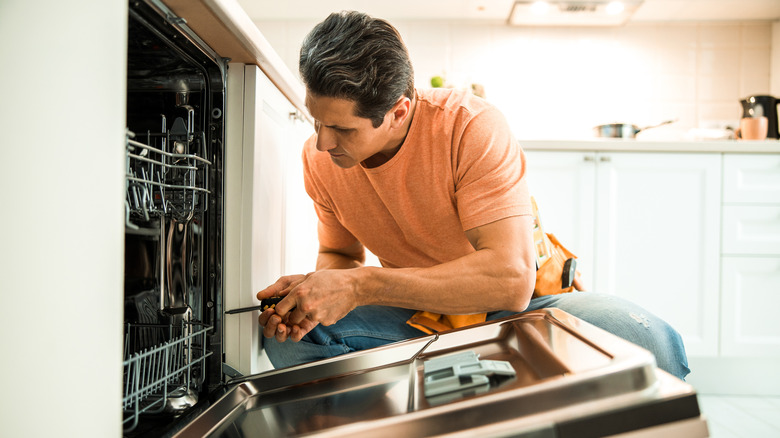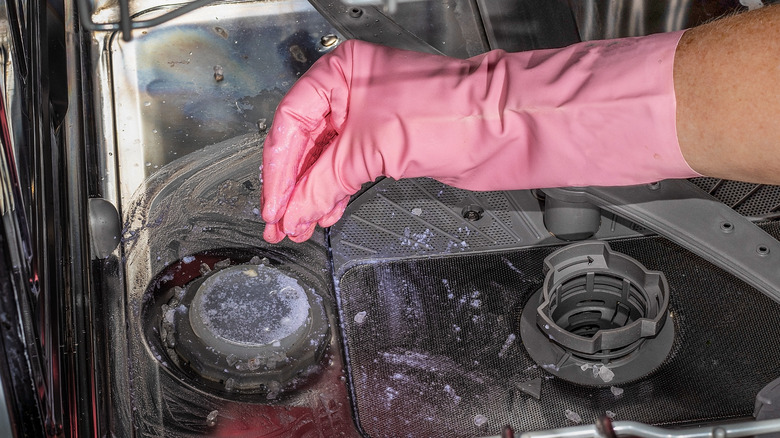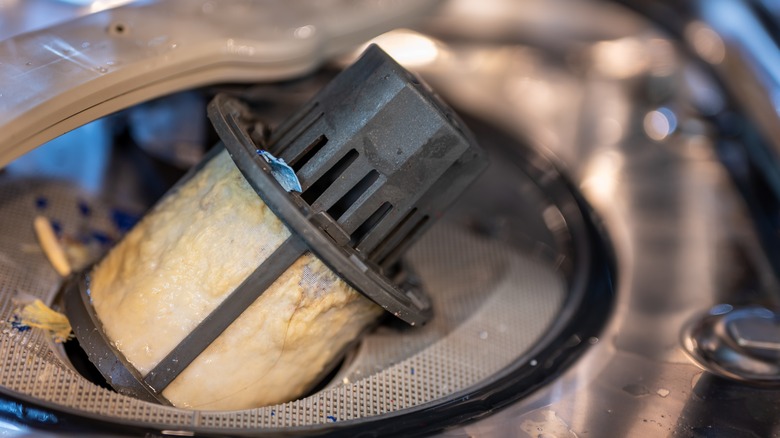Why Does Your Dishwasher Repeatedly Get Clogged?
Everyone loves the convenience of a dishwasher until it stops working and you have gross dinnerware and a smelly kitchen. One of the most common reasons your dishwasher isn't draining properly is because of clogs. The dishwasher drain tube and drain area can suffer from clogs after a particularly tough washing session, or they can plug up over time. Multiple reasons can lead to having clogs, including failing to clean the filter regularly, having a drain hose without the proper slope, or leaving large chunks of broken plates or glasses in the unit.
If you are noticing that the machine simply isn't cleaning cups and plates like you believe it should, you could have a plugged drainage area that is leaving dirty water inside the bottom of the unit. This can lead to unwanted odors over time, as well as the machine rinsing the dinnerware with dirty water, leaving grime and streaks on your bowls and glassware.
Other signs of a plugged-up dishwasher include noticeable gurgling sounds inside the unit as it runs; dirty water backing up inside the sink as you operate the machine; and water remaining inside the bottom of the dishwasher after you run a cycle. Odors are the most common sign of a plugged-up machine, though. When bits of food particles and constant dampness and standing water are inside the bottom of the dishwasher, the unpleasant smell will be noticeable in short order.
Common reasons for a plugged-up dishwasher
Chunks of food or broken glass can lead to a plugged-up dishwasher. If these items are large enough or if they build up with enough quantity, they could lead to a clog in the drain hose. Removing plugs from inside the hose can be a challenging process on your own, although drain cleaning products may work.
Installation issues are another common cause of dishwasher clogs. If the installer did not create the necessary slope for water in the hose to move into the sewer line, constantly having water in the hose could cause food particles to build up in the same low area, eventually leading to odors and plugs. Perhaps the installer didn't connect the drain hose to the sewer line properly, or perhaps the sewer line suffered damage during installation. If the sewer line is old and not functioning properly, the first sign of this issue may be a backup in the dishwasher. If you recently added a garbage disposal to your kitchen, the installer must remove the knockout plug in the disposal before connecting it to the dishwasher's drainage hose, or it may appear you have a plugged-up machine.
How to prevent a clogged dishwasher
Some people don't know that they have a filter basket at the bottom of the machine. The filter is designed to allow water to pass through, but it catches food particles and other solids that you don't want to reach the drainage hose, where they could plug it up and lead to a backed-up machine. To remove the filter from most machines, you can twist the top of the basket a quarter turn to the left and then lift it straight out. You then can see and remove any particles that are causing issues with the drainage system before replacing and securing the basket.
Properly cleaning the dishwasher also is a good way to limit the chances of clogging. Cleaning the interior of the unit regularly removes particles and bacteria. If allowed to build up, these particles can end up in the filter basket and could plug up the entire unit. A monthly maintenance cycle should be adequate for keeping the unit clean.
Although modern dishwashers do a good job with dishes that have caked-on food and other particles on the plates, if you rinse the dinnerware more thoroughly, you'll reduce the possibility of plugging up the machine. Additionally, running hot water during your dishwashing cycles helps to thoroughly clean the interior of the unit and reduces the chances of eventual clogs.


